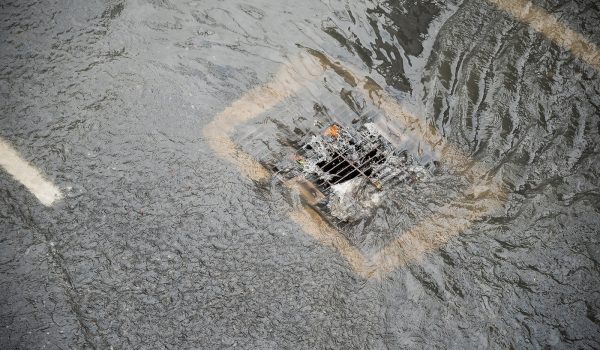On March 24, 2015, the Ohio Supreme Court issued its decision in Fairfield County v. Nally, ruling that Ohio EPA cannot base National Pollutant Discharge Elimination System (NPDES) permit limits on standards set forth in Total Maximum Daily Load (TMDL) reports unless the standards are first formally promulgated as a rule. Because none of the dozens of TMDLs issued by Ohio EPA had gone through the rulemaking procedures prescribed by Revised Code Chapter 119, the decision arguably invalidated all previously issued TMDLs, and potentially all NPDES permit limits and pretreatment limits that were based on the TMDLs.
Confronted with this quagmire, Ohio EPA’s issuance of new or modified TMDLs ground to a halt for the next three years. Faced with pressure from U.S. EPA and environmental organizations to end the delay, Ohio EPA decided to seek a legislative fix that would exempt TMDLs from the rulemaking process. Because Frost Brown Todd represented Fairfield County in the litigation, the firm was asked to assist Ohio EPA in developing the legislation. The joint work product found expression in the enactment of H.B. 49 by the 132nd General Assembly, which was codified in Revised Code Sections 6111.561-6111.564. The legislation reinstated all pre-existing TMDLs and established a robust stakeholder involvement protocol for future TMDLs.
The new law also created a limited window of opportunity (RC § 6111.564) for NPDES permit holders and indirect discharges to publicly owned treatment works (POTW) with TMDL-based limits to challenge those limits in the first renewal or modification of their existing permit. Although § 6111.564 does not state that an appeal of such limits can only be brought after the first renewal or modification of an existing permit, Ohio EPA would have a strong timeliness argument that a subsequent challenge should be dismissed based on the legal doctrines of waiver and estoppel.
Because of the limited window provided under the new law, it is essential that Ohio’s sewer utilities and permitted industrial users carefully review their next draft NPDES permit renewal or modification to determine if existing TMDL-based limits are included, particularly phosphorus limits. Nearly all phosphorus limits are based on TMDLs, most are extremely restrictive (frequently costing many millions of dollars to meet), and many are based on TMDLs with limited or questionable scientific or environmental merit.
If a renewal or modified permit contains a TMDL-based limit—even if the limit has not yet come into effect—a potential appeal of the permit should be carefully evaluated. Otherwise, there may not be a second opportunity to do so.

